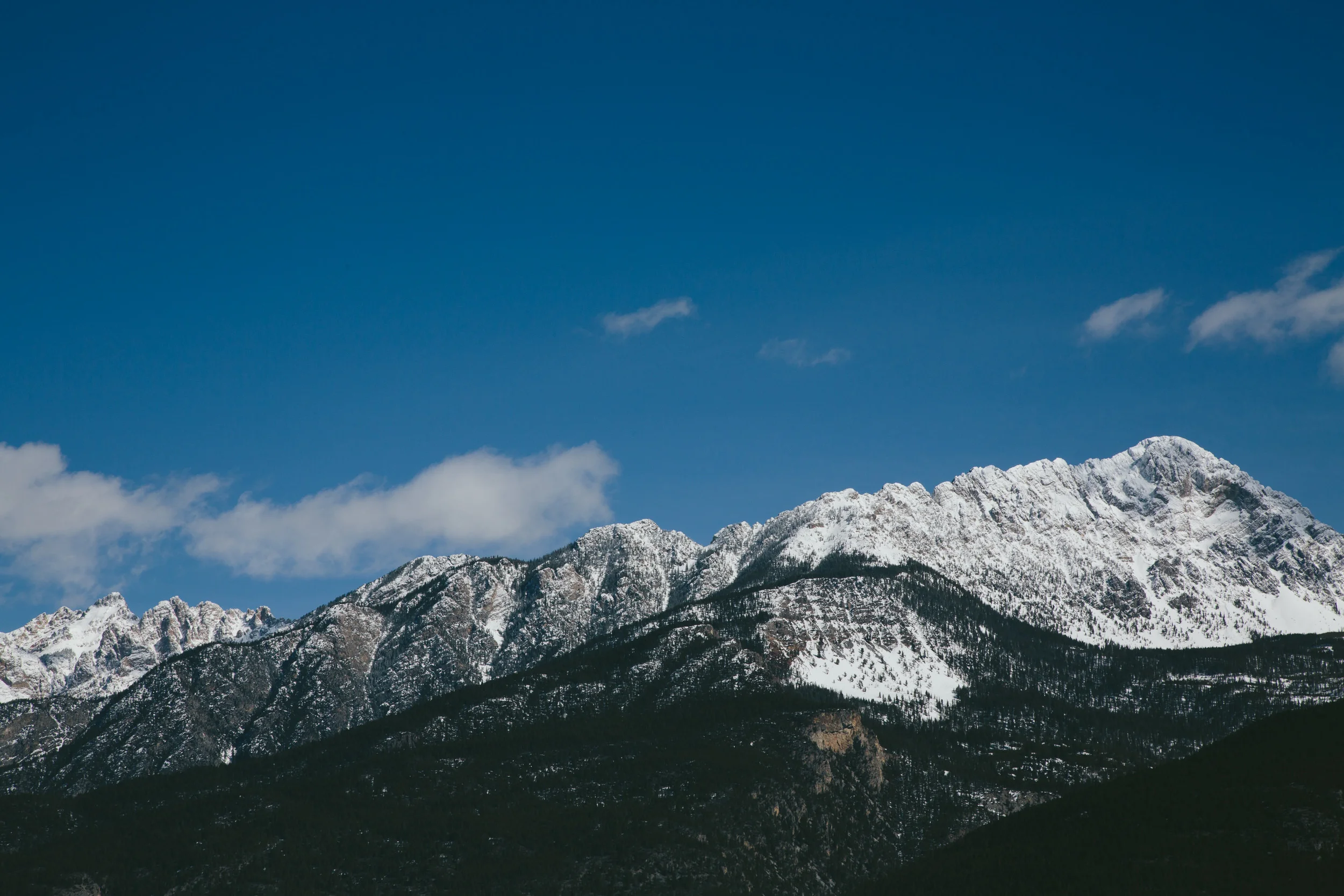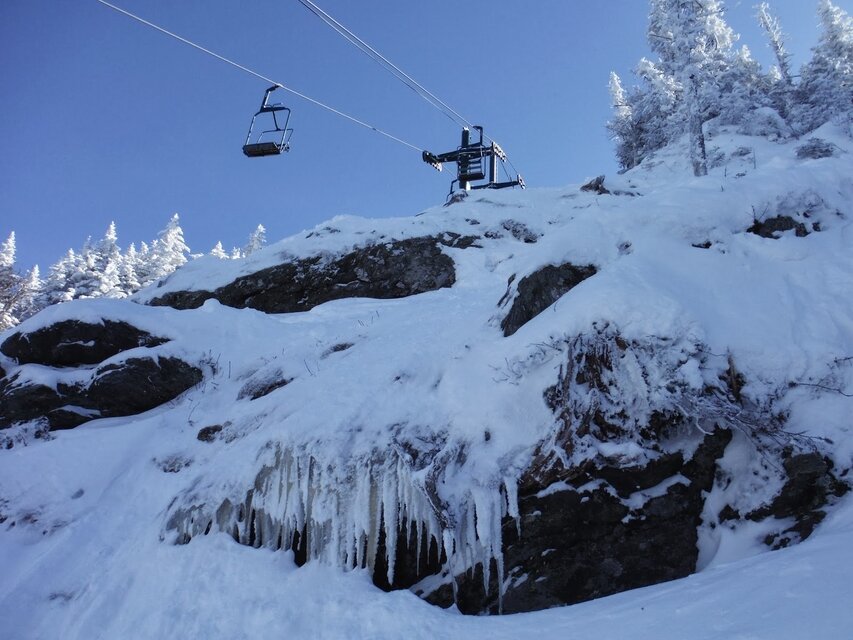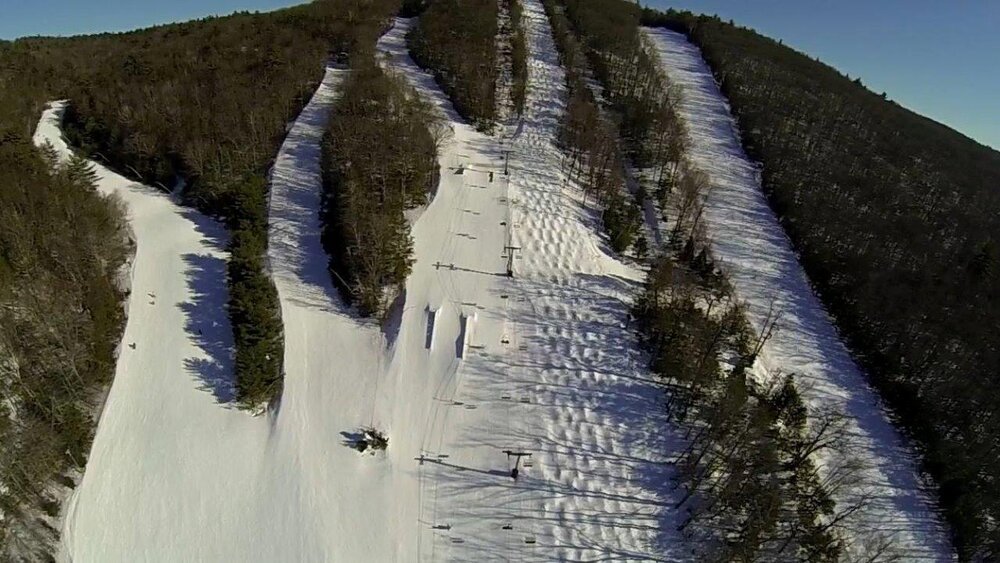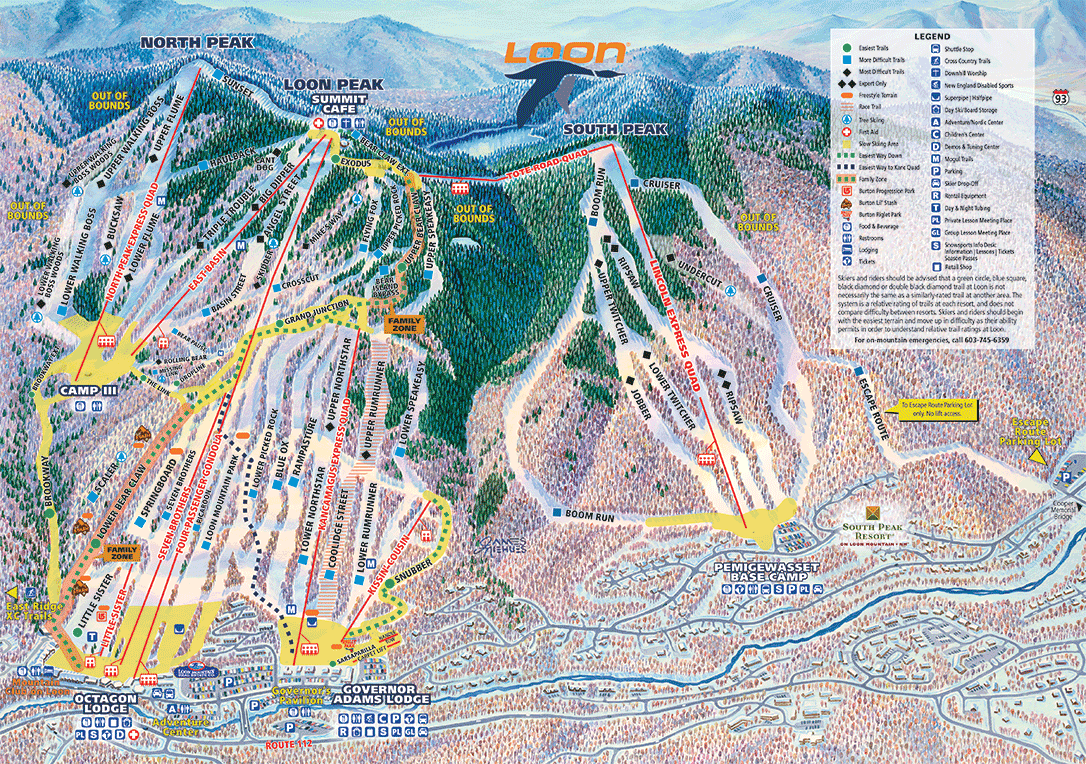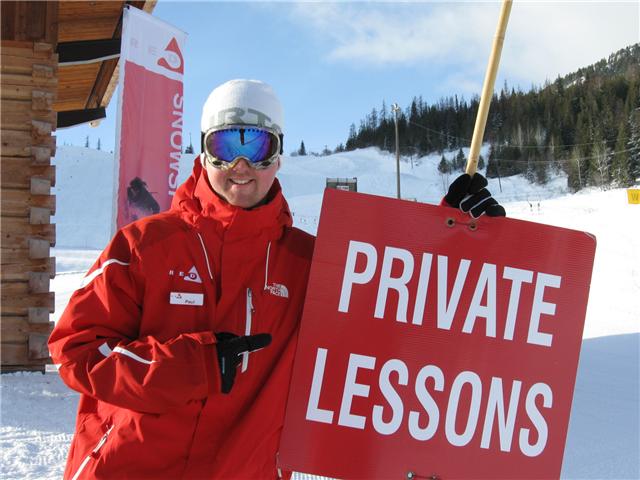Steepest Ski Trails in Vermont
Upper Liftline - Smuggler’s Notch, Vermont
Smuggler’s Notch is home to one of the five triple black diamond trails in Eastern North America, the trail is called Black Hole and was on Travel and Leisure’s’ 10 scariest ski trails list, however an argument could easily be made that Upper Liftline is the trail that should have been put on the list, even though it does not carry the triple black diamond designation that was given to Black Hole. However, Skiing Magazine did rank Upper Liftline #4 on their Eastern Extreme list in a February 1995 column. While the ranking by Skiing Magazine is old, the trail has not changed since the days when Green Day was topping the charts with their Dookie album, so yes, Upper Liftline is still an extreme trail beyond the ability of the majority of skiers.
The stats are impressive for Upper Liftline, it has a maximum pitch of 43.25 degrees and sustained pitch (over 300 feet) of 35.74 degrees with a vertical drop of 1460 feet over a trail length of 3790 feet and, as a kicker, the trail is only 56 feet wide. Based on sustained pitch, Upper Liftline is the third steepest trail in the East with only The Slides (Whiteface) and Upper Bubblecuffer (Sugarloaf) being steeper. As the name implies, the trail is located under a lift, the rickety and timeworn Madonna I chair to be precise. The location gives you the opportunity to scout the trail to determine your line that will best showcase your skills to the captive audience above who slowly pass over the trail or time to figure out how you are going to clean the excrement out of your North Face pants after you get down the trail. However, it is not the steepness, narrowness or double fall line of the trail that makes it difficult, it is the rock ledges. Upper Liftline is a trail consisting of rock ledges after rock ledges that show no mercy with the occasional lift tower that gets in your way. After going over one ledge you will not have time to make a long runout and gain control, instead it is a couple quick turns down the up to 43-degree pitch and your airborne again over the next ledge. If you miscalculate any of the drops, some as high as 15 feet, and you will find yourself cartwheeling more than an elementary school girl on the playground, but unlike the school girl you will not be sticking the landing. To be honest, it takes a rare talent to really ski this trail, not just go down it and fall off a couple of ledges, but to really ski it where you dance with the mountain. The mountain leads with steeps and ledges and you carve, turn and spin 360’s while turning this American Ninja ski trail into your own playground.
Headwall on Upper Liftline on a thin cover day…Good Luck!
Smuggler’s does bill itself as a family mountain and has a mascot named Mogul the Mouse, but do not be fooled, the Madonna I chair serves up some extremely un-family friendly terrain and Upper Liftline just may be the hardest trail in all Eastern North America.
Smuggler’s Notch - www.smuggs.com
Tuckerman’s Chute - Jay Peak, Vermont
Tuckerman’s Chute is like going for a ride on the Kingda Ka roller coaster at Six Flags Great Adventure, it is a high adrenaline ride, but a short ride that seems to end almost as soon as it begins. Tuckerman’s measures a scant 311 feet in length. However, you may only need about 50 feet to get yourself into trouble on this trail, as the entry to the trail is usually wind scoured and the snow cover a thin as an emaciated Kate Moss. If you are standing at the top of Tuckerman’s Chute and find yourself second guessing your trail choice or your skiing skills, you would not be the first, this trail was cut to give a true expert skier a challenge. Of the 655 double black diamond trails in Eastern North America the trail with the steepest average grade is Tuckerman’s Chute which measures 34.31 degrees from top to bottom. There are trails that are steep over 300 ft or have a single steeper point, but from top to bottom Tuckerman’s is “the trail” and for that reason it should be on your list to ski. Granted, the trail is only 311 feet long, but it is covered in trees, ruts, bumps, rocks, scrub brush and roots and very rarely skis the same from day to day or month to month.
Tuckerman’s Chute on a powder day!
After disembarking from the tram, head right and you will find a snow fence covered in warnings in both English and French reminding you to ski the trail in groups of three, the trail is not regularly swept, it contains hazards and natural distractions and to ski with extra care. If after reading the legal mumbo jumbo you still have the intestinal fortitude to push onto the trail you will find the trail opens to a narrow chute and then begins to splinter into two and then three lines. The chutes all merge back into one before dumping you out onto the intermediate trail where you could continue onto JFK, Alligator Alley and then test your mettle on Staircase Glade. If you do not mind waiting in the long queues that can pile up at the tram, you can find powder in Tuckerman’s for a day or two after a storm.
Jay Peak - www.jaypeakresort.com

